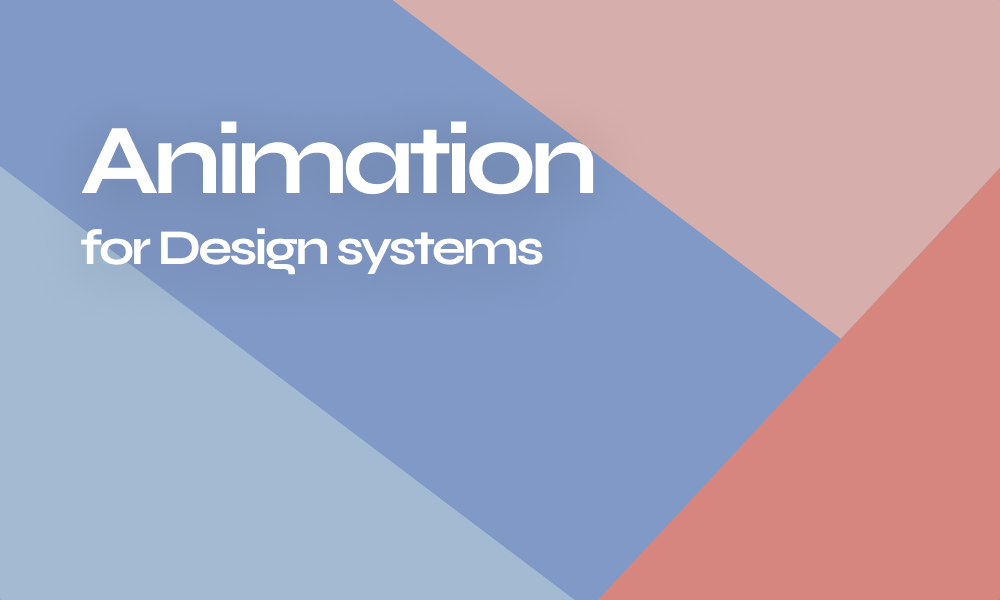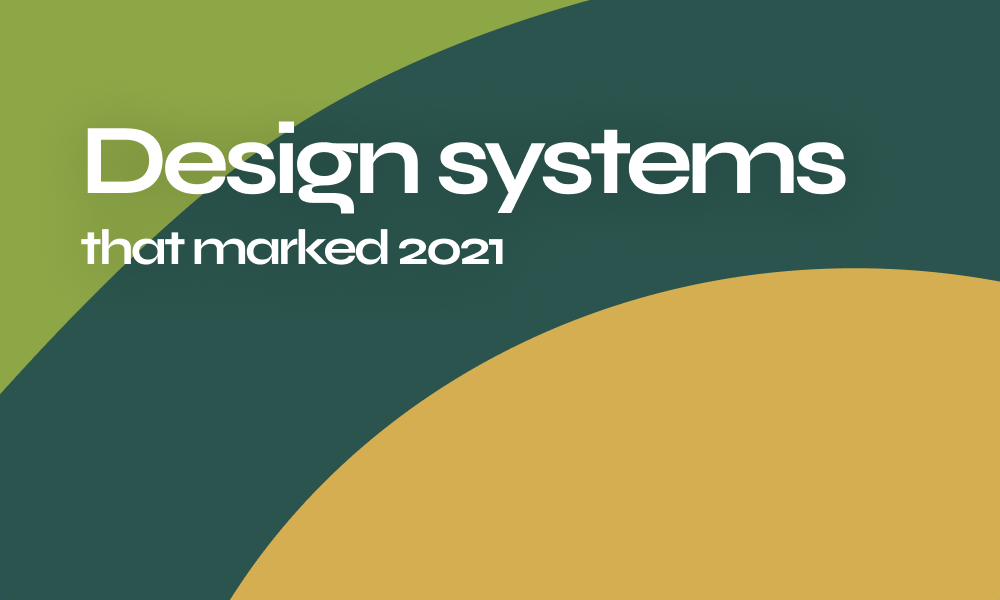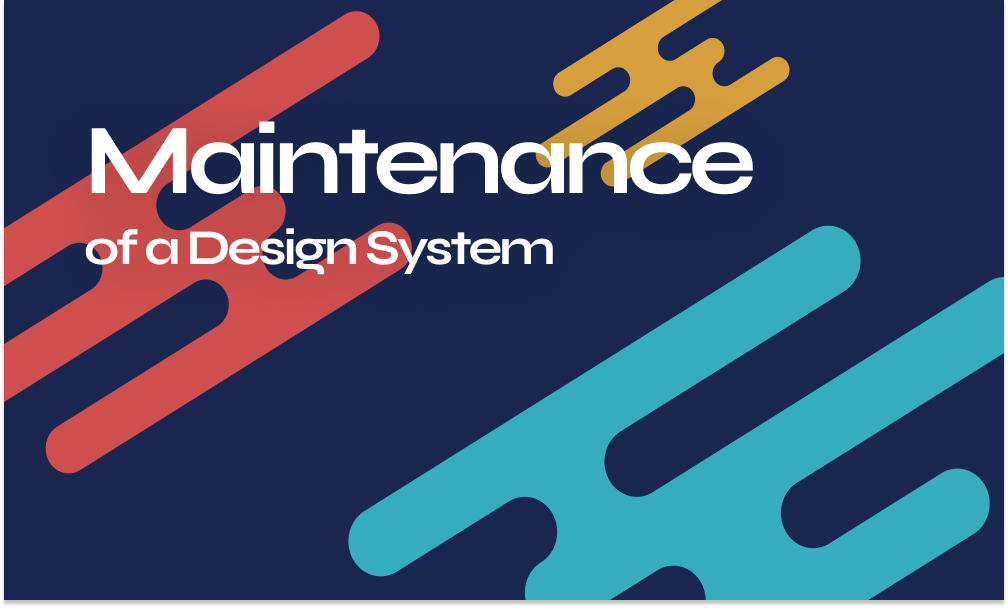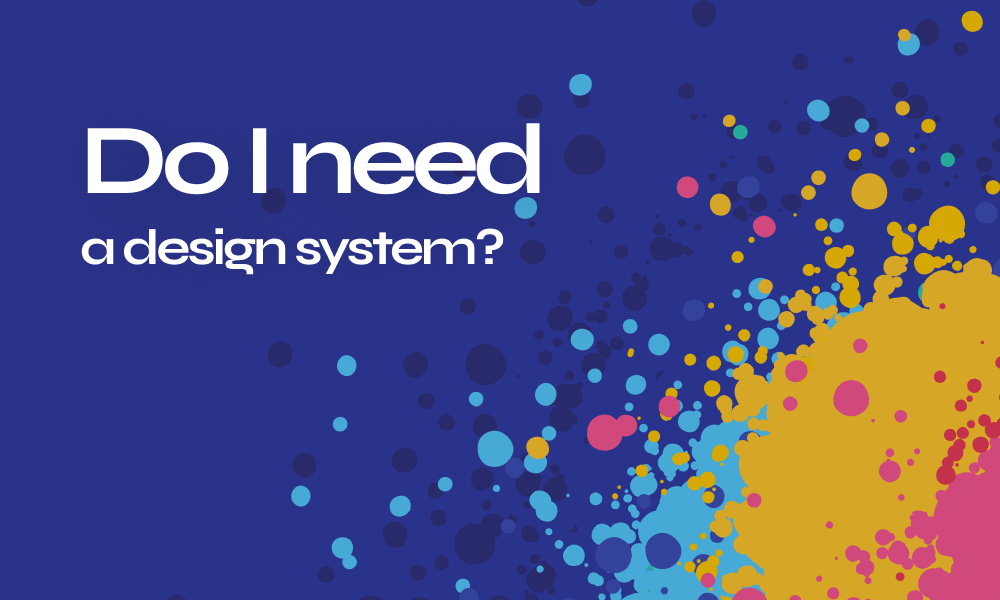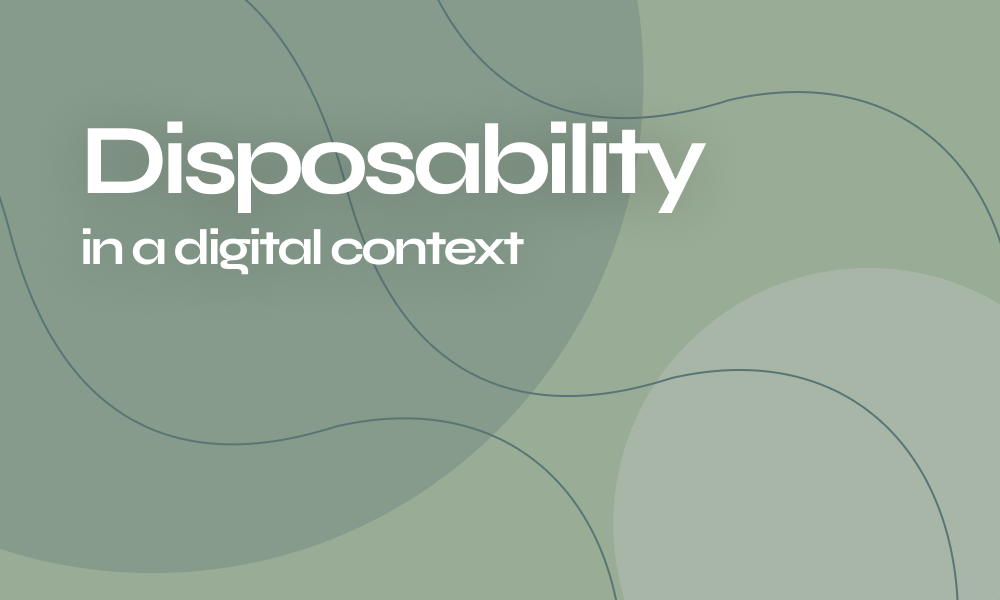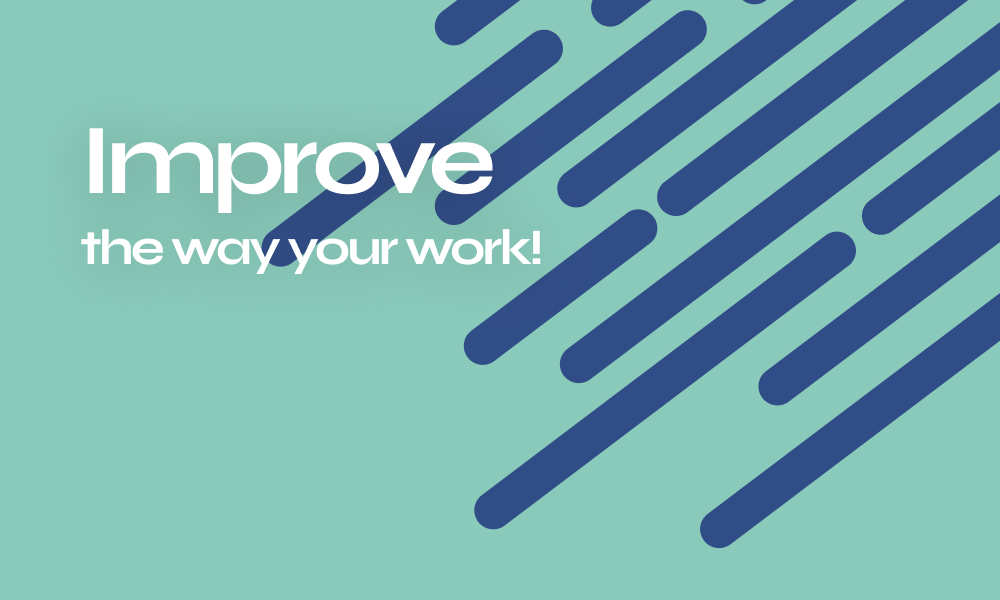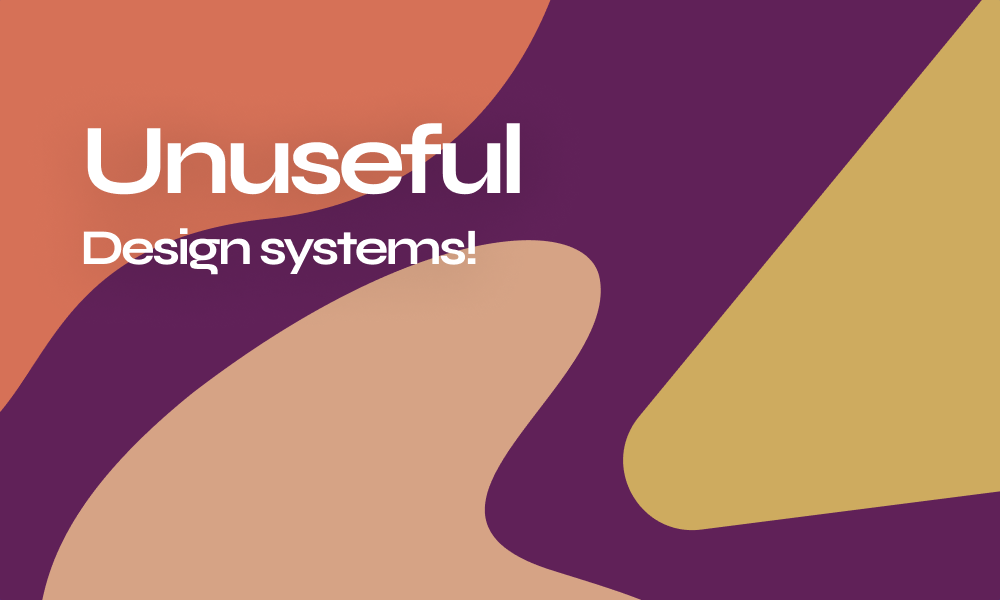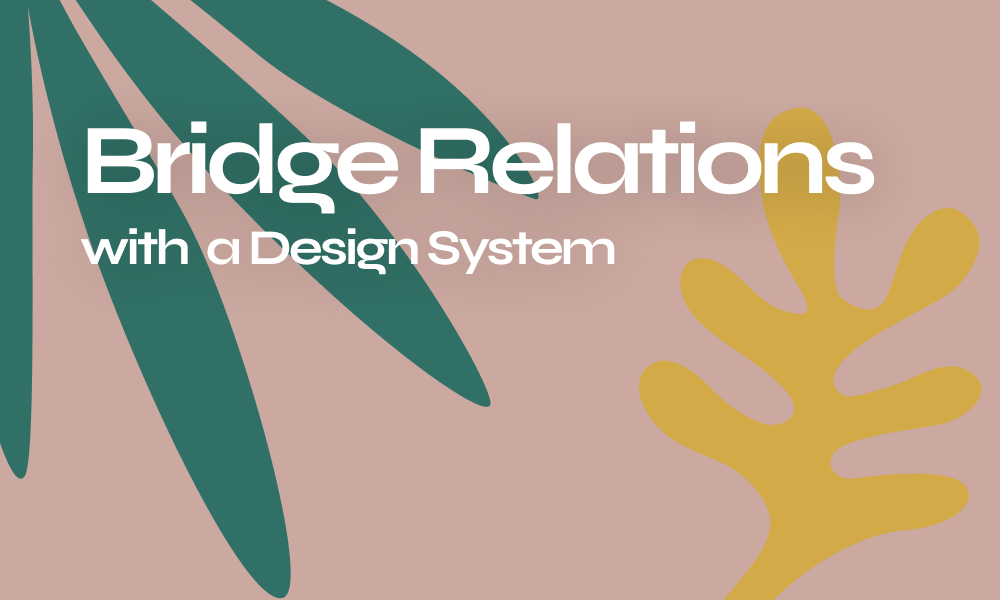
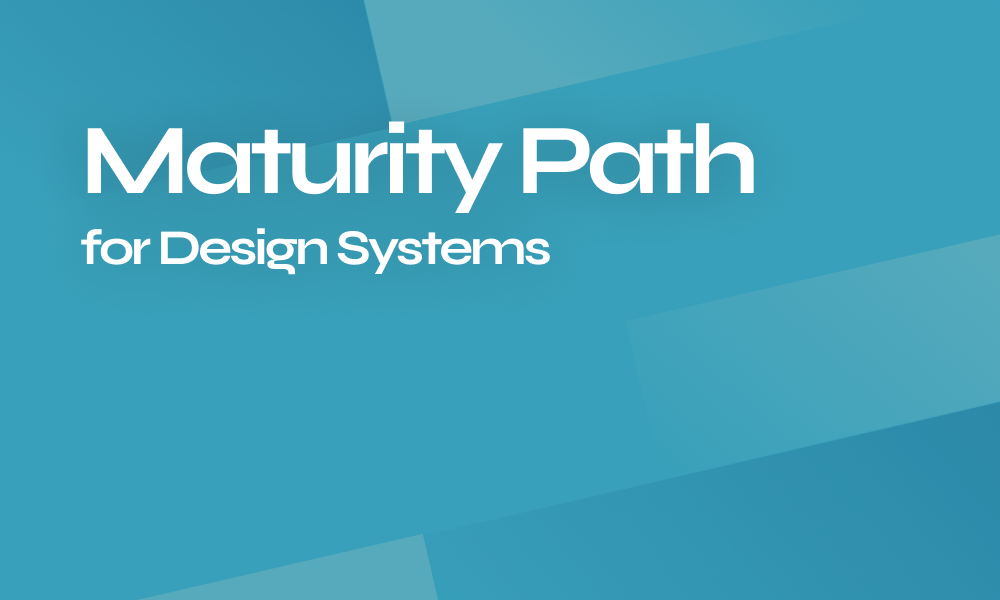
Let’s start this blog straight! If your business is based on design activities, you probably are missing A LOT by not adopting a design system! In today’s fast-paced world we are no longer worried about how many projects we can create but more about HOW we efficiently create projects while efficiently preserving best practices for the NEXT project. What to feel more insecure about? A design system that you can’t ensure its maturity.
So how to measure a design System maturity level? And how to scale your design system to a high-end level!
Categorizing your Design System according to maturity level
The more Design systems reign over the design world, the more technical terms emerge with it. Complex categorizations are now defining different design systems, but we still can map a design system’s maturity by the simple terms: low, Medium, and High.
Low Maturity: A design system that lacks maturity is usually due to its dependency on static attributes. Manual efforts are required to ameliorate each and every element of the design separately, where both designers and developers have to spend efforts collaborating cognitively to take every decision and define the how and what of every product.
Medium Maturity: Mid-growth design systems are often in their phase of evolution where they work more on dynamizing the process. At this phase, most component’s attributes and elements are modified to match the fast-paced process. So now we talk about defined frameworks, libraries, etc. that can be used and reused whenever needed.
High Maturity: when we talk about high maturity we talk about generative attributes, consistent automated processes, reusable components, automated practices, etc
Moving from one phase to another is a matter of refining processes and clarifying roles within the team. It is also related to the goals you set for your system, your target audience, and MVP (Minimum viable product) In order to define where to direct your efforts.
Matching a design system to your company size
Design systems are also categorized according to the size of the company hosting them, we can define:
- A System of Efficiency for Startup level
- A System of Consistency for Scale-up businesses
- A System for Optimization for Enterprise level
Startup level
It all starts by defining what a good-looking product is according to you, your team, and your target audience. It is good to start by taking a successful product as an example. It is basically about building notions from the scratch and try to establish Internal Design Efficiencies.
At early stages, you won’t be able to achieve consistency as instead of following clear guidelines your best patterns would be dictating further practices. Most efforts will be direct towards production and understanding of best UX rather than optimizing processes.
Scale-Up business
At this phase, your company has probably started developing a considerable product range while your team developed a sense of collective work and hierarchy decision-making. You also started defining what suits of guidelines and principles to direct your work. The more project you intake, the more the need for consistency increases to establish proper footsteps.
Brand-driven Style Guides and pattern libraries will come along as your team thrives to scale.
If you are looking for the best UI guidelines to follow, Arsenic Design System is an atom-based Multi-brand friendly design system that offers an all-in-one integrable solution with specific control panels to customize every aspect of every discernible component. Arsenic offers expert practices, UI guidelines for every kind of platform, and ready-to-use layouts to kick-start your project by benefiting from existing solutions.
Enterprise-level Design systems
Your design system and your team are MATURE! At this phase, your design system functions with an efficient, consistent, and optimized process. Synchronization between developers and designers is as smooth as possible. Note that this level isn’t easy to reach nor is accessible to all teams. It takes real dedication and extra relevant experience to produce ROI in every design you make.
Arsenic was made by designers for designers to help endure an efficient and user-friendly maturity evolution that helps teams achieve consistency in design. Take Arsenic Design system as your next team player to unlock UI/UX design power. We are sure your team will love it! Book a demo today!

